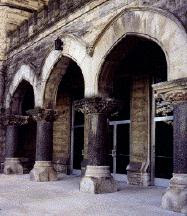
Using Billiards in the classroom?
Using the equinox to find latitudes?
Social Justice and Dark Matter: What do they have in commmon?
Just how big is a trillion?
Interested? Attend the EIU Mathematics Education Conference and find out more
see
http://www.eiu.edu/~adulted/10MathConf.pdf
for more details.


